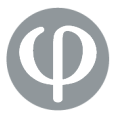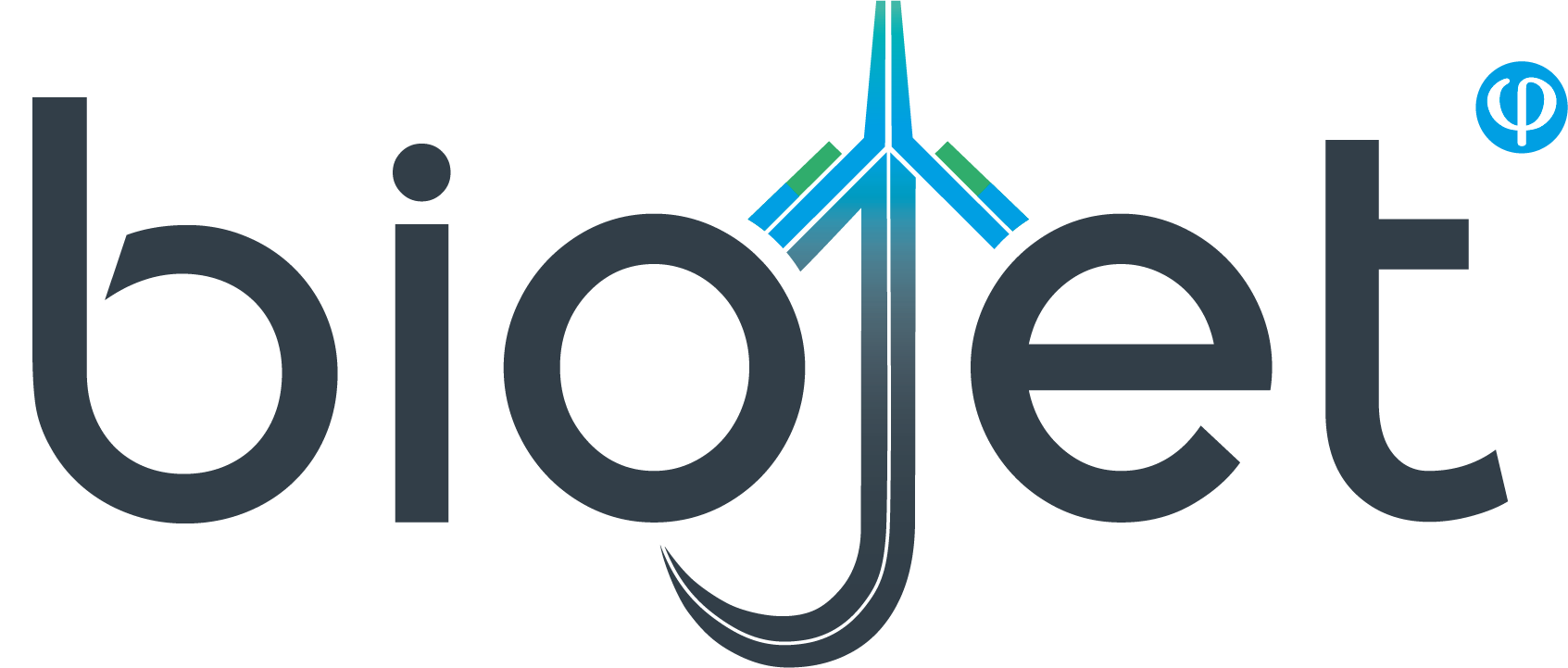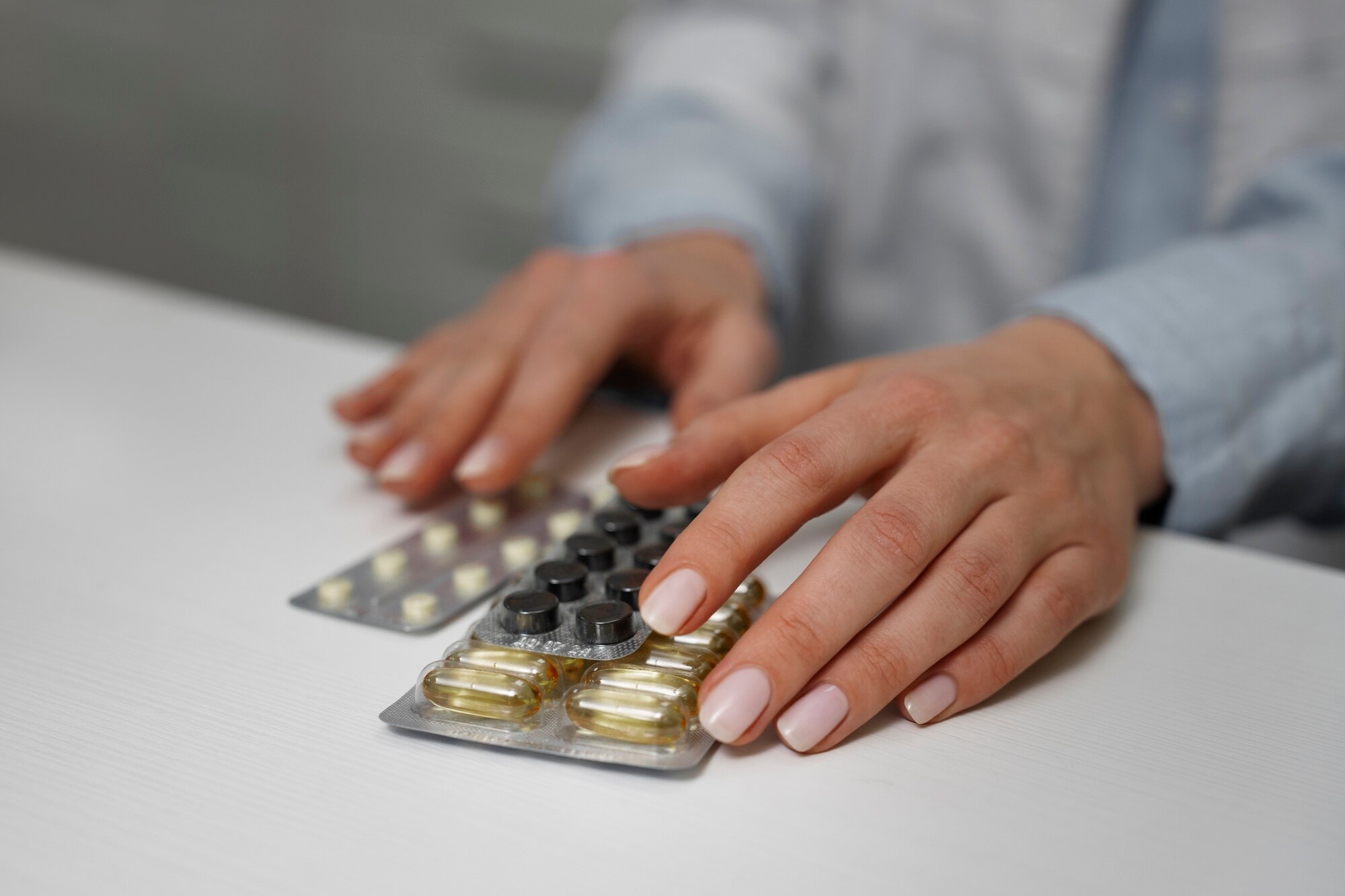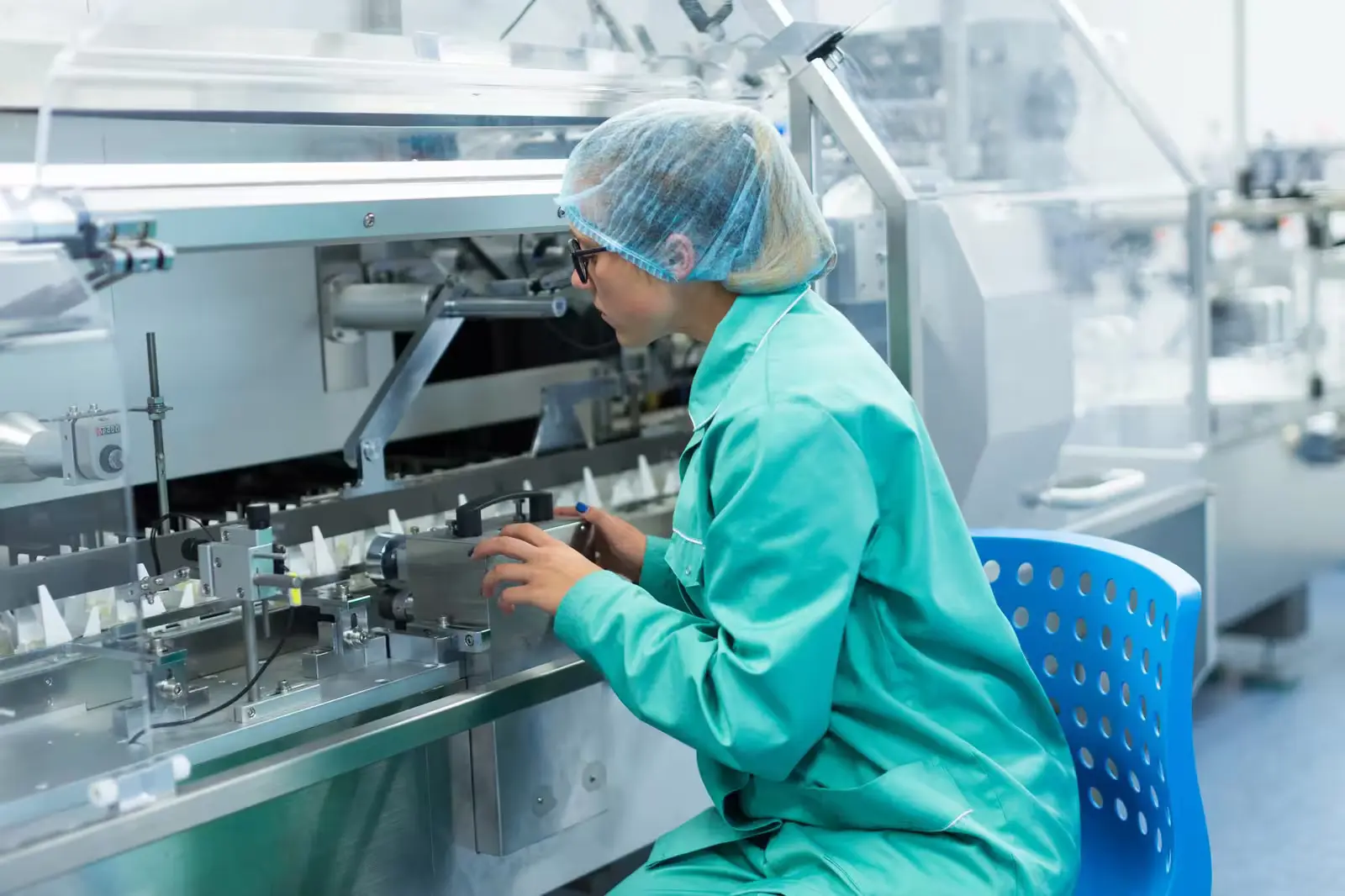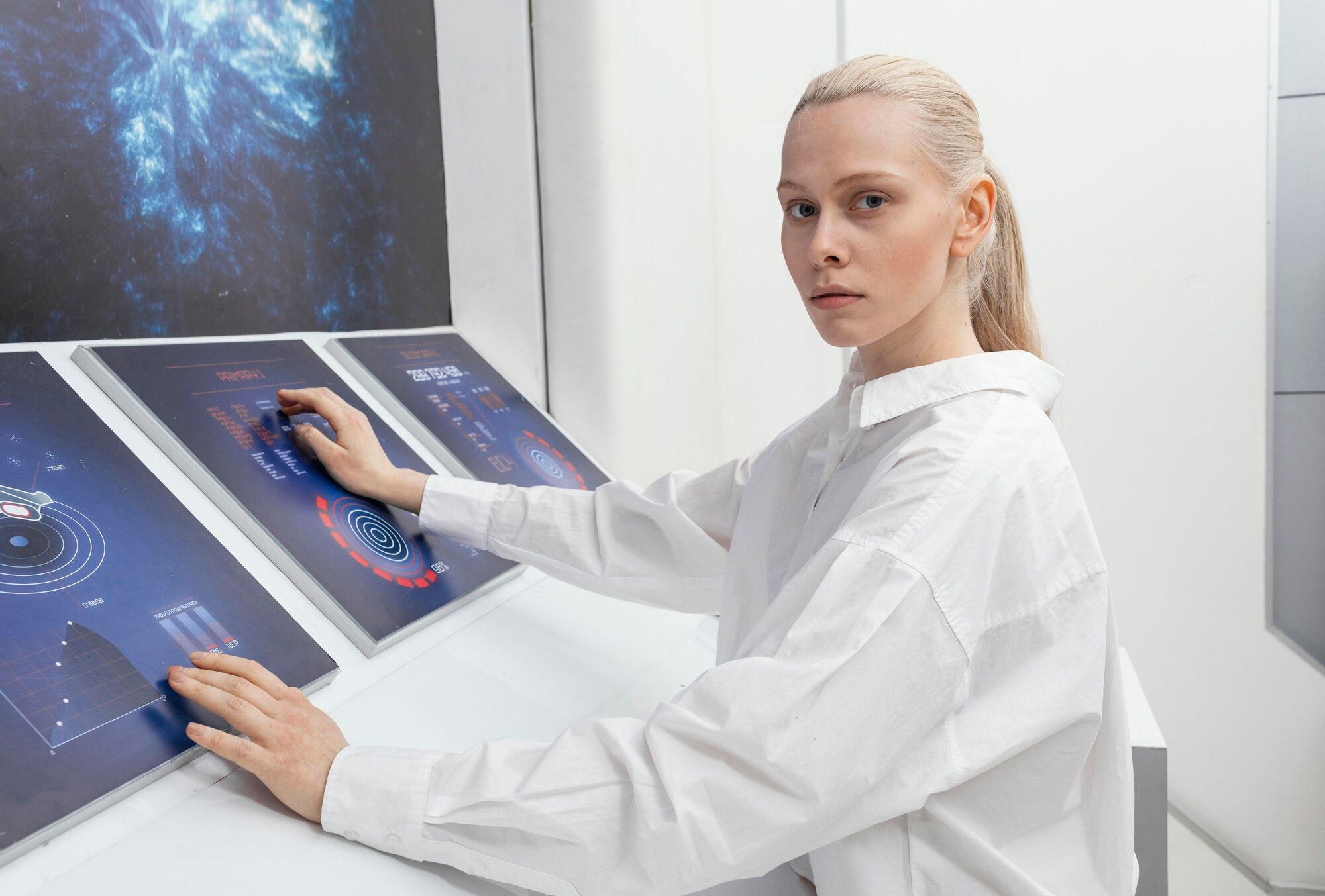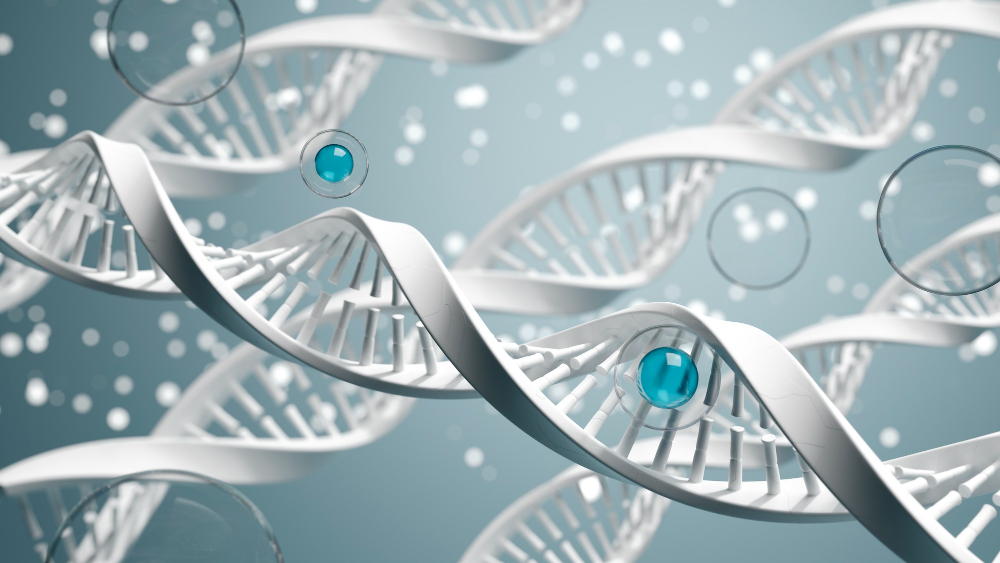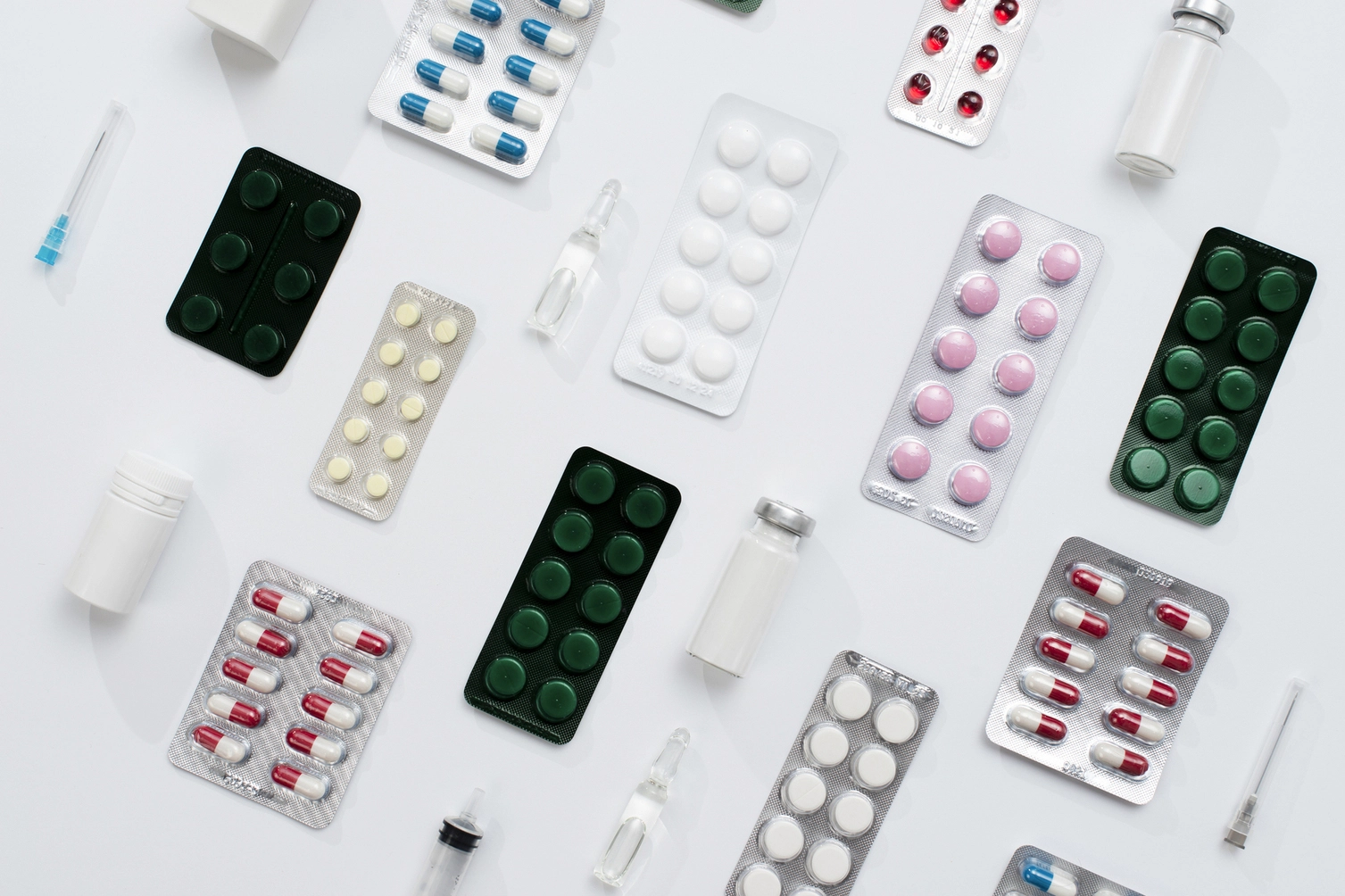IT company Cursor has compiled a list of the most expensive medicines registered in Russia. The top ten includes four products from Swiss company Novartis (occupying the top three positions), as well as two from UK-based AstraZeneca. GxP presents a brief version of the ranking.
- Zolgensma (onasemnogene abeparvovec), Novartis
93.5 million rubles or $1.1 million (at the time of analysis, $1 ≈ 84 RUB)
A gene therapy drug for the treatment of spinal muscular atrophy. From January to August 2025, the charity foundation Circle of Kindness purchased 30 packages worth 2.8 billion rubles. - Luxturna (voretigene neparvovec), Novartis
64.3 million rubles or $765.6 thousand
Another gene therapy drug developed by Novartis and Spark Therapeutics (USA), used to treat vision loss in adults and children caused by inherited retinal dystrophy. Over eight months, four packages (two vials each) were purchased for 257.2 million rubles. The cost per vial (for injection in one eye) is 32.2 million rubles. - Kymriah (tisagenlecleucel), Novartis
27.5 million rubles or $327.4 thousand
A gene therapy drug used to treat B-cell acute lymphoblastic leukemia, diffuse large B-cell lymphoma, and follicular lymphoma. This year, it was purchased only by Morozov Children’s City Clinical Hospital (two packages). - Strensiq (asfotase alfa), AstraZeneca (Alexion Pharma)
5.8 million rubles or $69.4 thousand
An enzyme replacement therapy for patients with hypophosphatasia, a rare disease causing bone growth and strength disorders. Between January and August, 982 packages were procured for more than 4.8 billion rubles. - Sohonos (palovarotene), Ipsen Pharma
4.1 million rubles or $49 thousand
Used to treat fibrodysplasia ossificans progressiva, a genetic disease where new bone forms outside the skeleton, reducing mobility. About 900 people worldwide live with this condition. From January to August, 190 packages in different dosages were procured, totaling 485 million rubles. - Spinraza (nusinersen), Biogen
3.8 million rubles or $45.3 thousand
A treatment for spinal muscular atrophy. It is the only INN in the top 10 with full-cycle Russian biosimilars: Lantesens (Generium) and Nusilara (Biocad, not marketed). Generium’s biosimilar is procured at 4% below the original. In value terms, its share in government purchases reaches 68%. From January to August, 1,150 packages were purchased, totaling 4.38 billion rubles. - Fabhalta (iptacopan), Novartis
3.5 million rubles or $42.2 thousand
Indicated for monotherapy in adults with paroxysmal nocturnal hemoglobinuria. From January to August, 170 packages were procured for 485.7 million rubles. - Translarna (ataluren), PTC Therapeutics
3.5 million rubles or $41.7 thousand
Approved for Duchenne muscular dystrophy in ambulatory patients over 2 years old. The price quoted is for 1000 mg №30; two lower-dose forms are significantly cheaper. - Xospata (gilteritinib), Astellas Pharma
1.9 million rubles or $23 thousand
A monotherapy for adults with relapsed or refractory acute myeloid leukemia. From January to August, 326 packages were procured for 631.3 million rubles. - Imjudo (tremelimumab), AstraZeneca
1.6 million rubles or $18.9 thousand
Used in combination with durvalumab for treating liver cancer and non-small cell lung cancer. The listed price is for 20 mg/ml, 15 ml packaging. Another dosage (20 mg/ml, 1.25 ml) accounts for 11.6% of total sales in value terms.
In August, U.S. pharmaceutical publication Fierce Pharma presented its ranking of the most expensive medicines in the U.S. Its leader was Lenmeldy (Kyowa Kirin), a gene therapy for metachromatic leukodystrophy, priced at $4.25 million. By contrast, Russia’s number one drug, Zolgensma, only ranks 10th in the U.S. list.
Source: GxP News, 25.09.2025
